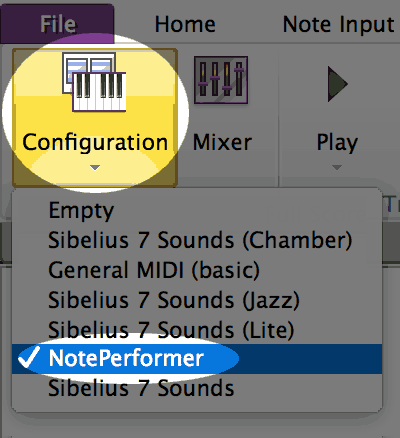
So there are still some tasks that are best handled in individual applications.

I also reckon that while the industry is definitely moving towards an all-in-one solution, the day might not ever come. (Of course, things can get a bit mucky when you decide to change the orchestration at the mockup stage and want to reimport the MIDI back into Sib to produce parts.) Easier, IMO, to put up with limited expression control at that stage and treat the REAPER stage as the finishing process. I don't quite see the need to link the two - Sib can natively handle sample libraries and articulations (although it's notoriously fiddly). Tempo and volume changes come along with the MIDI files (as well as some other ccs), so they're editable in REAPER.

I use Sib for scoring (using its own playback engine) and then dump out the MIDI into REAPER for detailed mockup work. If you have used it, let everyone know in the comments how you found it.Probably not the answer you wanted, but. If you’ve never had the opportunity to try Live Tempo, I recommend you give it a whirl. It really works remarkably well, and being able to put the high-quality organ sounds from Hauptwerk included in the Sibelius 7 Sounds library literally at my fingertips has transformed our rehearsals for this term’s concert. So I decided to use Live Tempo to “play” the organ accompaniment for a number of pieces in real time, using one finger on the space bar of my MacBook Pro’s keyboard, and the other hand to direct the choir. Unlike similar features in other programs, it is automatically able to work out when you start subdividing the beat, or beating only once in a bar, and if you stop tapping, it will keep going at the speed you have reached, until you start tapping again. It’s a feature for controlling the tempo of Sibelius’s playback simply by tapping any key on the keyboard, or playing any note on a MIDI keyboard. Sibelius has a great feature called Live Tempo, which was added in Sibelius 6 and was perhaps overshadowed by all of the other amazing improvements in that version (such as the unique, patented Magnetic Layout feature).
Change tempo in sibelius pro#
It’s difficult to both play the keyboard and provide any kind of meaningful direction to the singers at the same time, so we’ve tended to learn the accompanied pieces as best we can without accompaniment – at least until two weeks ago, when I brought my MacBook Pro to the rehearsal. We rely on my tuning fork or an electronic keyboard, ham-fistedly played by yours truly, for learning notes in rehearsal. We rehearse weekly in a school hall, which obviously has no organ. I’m currently preparing my choir for a concert consisting Anglican sacred music dating from the secession from Rome to the present day, and quite a few of the pieces are accompanied by organ.

Normally, for practical reasons, our performances are a capella, since we don’t often have instrumentalists or ensembles available to accompany us, but every so often we get to work with an organist or a chamber ensemble.
Change tempo in sibelius professional#
A metronome, yesterday (courtesy Mrs Logic on Flickr)ĭirecting choirs is my main musical pursuit outside of my professional life, and I’m fortunate to have been working with the same chamber choir for over a decade now.


 0 kommentar(er)
0 kommentar(er)
